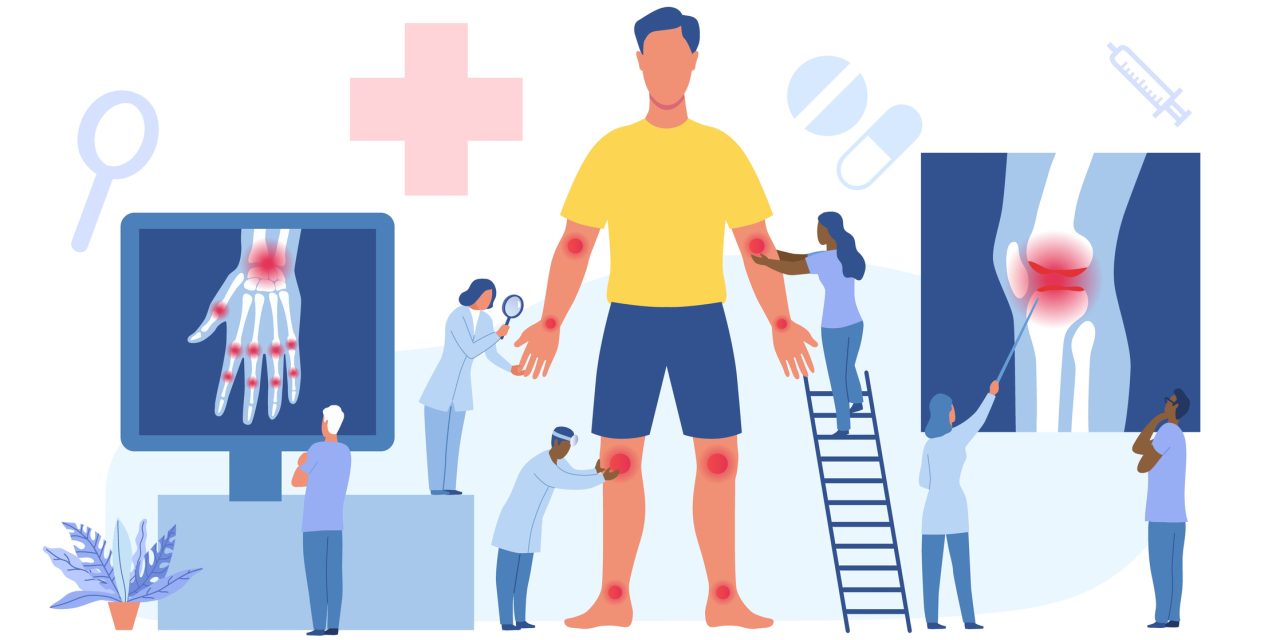This study aimed to determine the prevalence of ultrasound-detected tendon abnormalities in healthy subjects (HS) across the age range.
Adult HS (age 18-80 years) were recruited in 23 international Outcome Measures in Rheumatology ultrasound centres and were clinically assessed to exclude inflammatory diseases or overt osteoarthritis before undergoing a bilateral ultrasound examination of digit flexors (DFs) 1-5 and extensor carpi ulnaris (ECU) tendons to detect the presence of tenosynovial hypertrophy (TSH), tenosynovial power Doppler (TPD) and tenosynovial effusion (TEF), usually considered ultrasound signs of inflammatory diseases. A comparison cohort of patients with rheumatoid arthritis (RA) was taken from the Birmingham Early Arthritis early arthritis inception cohort.
939 HS and 144 patients with RA were included. The majority of HS (85%) had grade 0 for TSH, TPD and TEF in all DF and ECU tendons examined. There was a statistically significant difference in the proportion of TSH and TPD involvement between HS and subjects with RA (HS vs RA p<0.001). In HS, there was no difference in the presence of ultrasound abnormalities between age groups.
Ultrasound-detected TSH and TPD abnormalities are rare in HS and can be regarded as markers of active inflammatory disease, especially in newly presenting RA.
© Author(s) (or their employer(s)) 2021. Re-use permitted under CC BY. Published by BMJ.
Very low prevalence of ultrasound-detected tenosynovial abnormalities in healthy subjects throughout the age range: OMERACT ultrasound minimal disease study.


